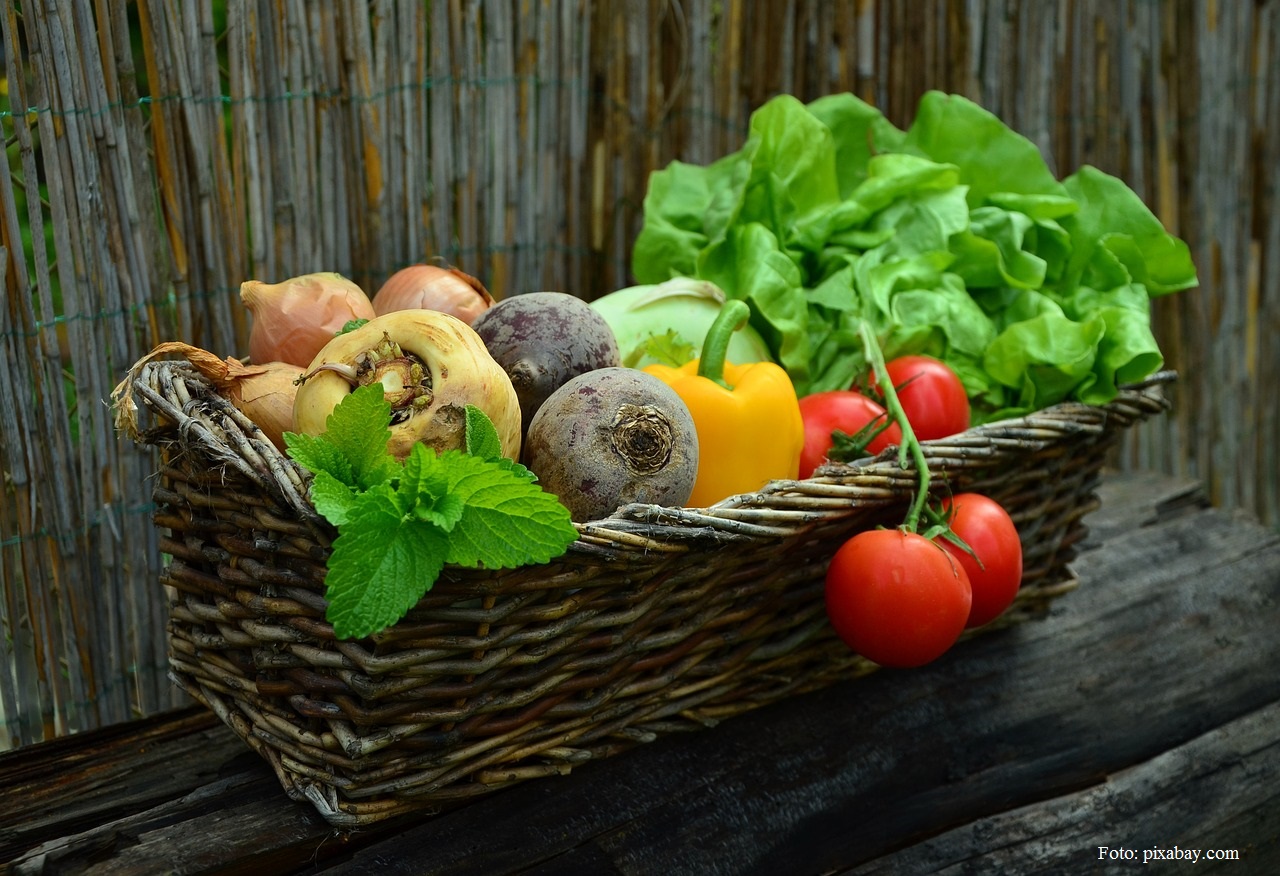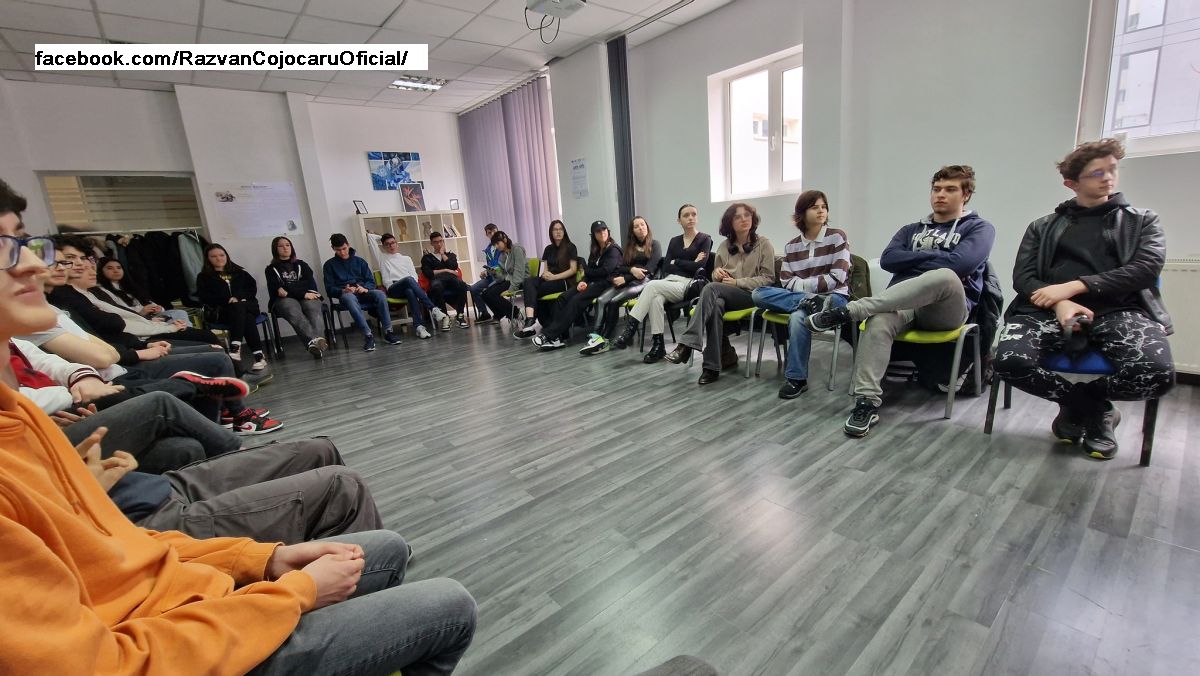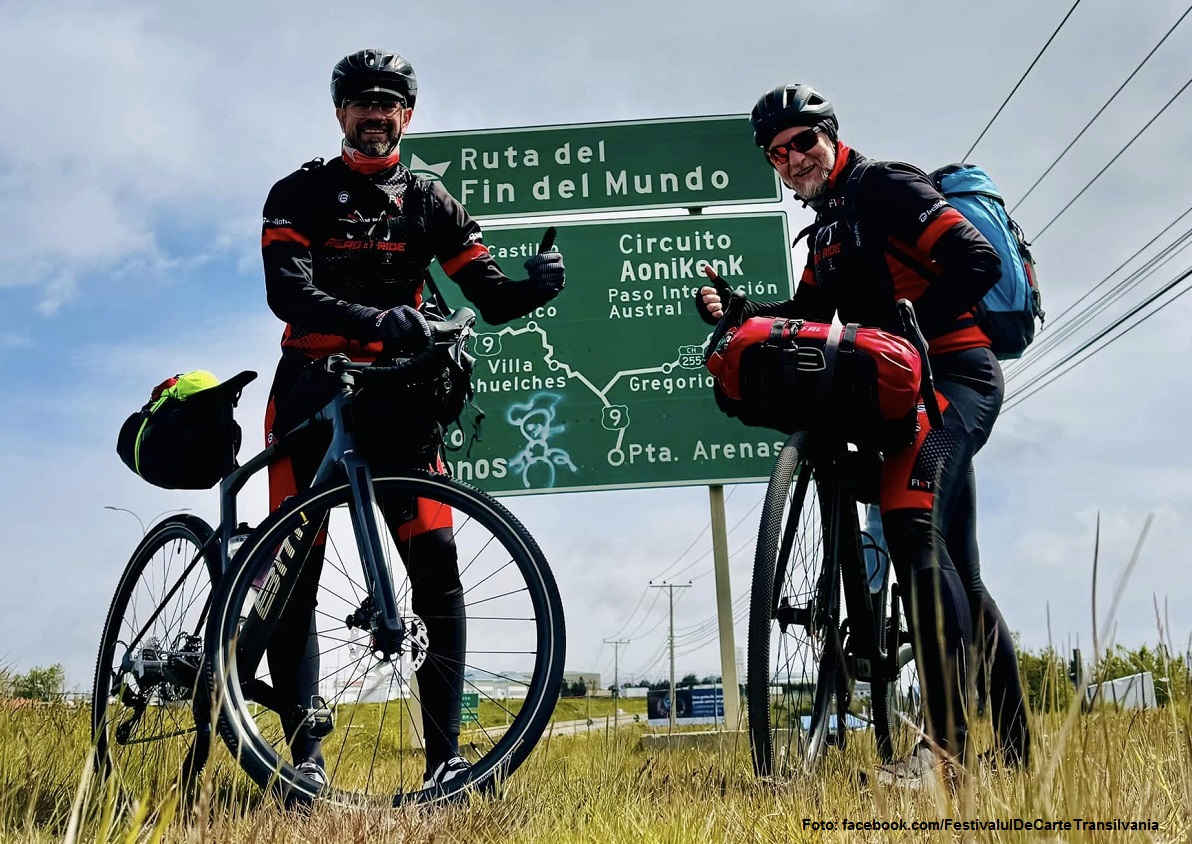Clean Dishes in Kindergartens
Cheese cream, sweet corn cake- a pound-cake-like rustic dessert of traditional inspiration, scrambled eggs, spicy fillet baked in the oven, toasted bread with butter, honey and a touch of mint, and many other delicacies that one could find only in the gra

Eugen Cojocariu, 29.04.2012, 17:59
Cheese cream, sweet corn cake- a pound-cake-like rustic dessert of traditional inspiration, scrambled eggs, spicy fillet baked in the oven, toasted bread with butter, honey and a touch of mint, and many other delicacies that one could find only in the grandparents’ house, can now be found on the menu list of several kindergartens in the central Romanian city of Cluj Napoca.
This is the result of a project entitled “Clean Dishes”, initiated last year by a team of nutritionists together with Adrian Hadean, a professional cook and culinary blogger. The project is a first in Romania and is meant to make children aware of the importance of a healthy diet. Adrian Hadean has further details on the project:
Adrian Hadean: ”The project is not based on a new idea, nor is it something out of the ordinary. Many other people have tried to focus their attention on healthy diets and on children’s food, but nothing like that has been done in Romania. The ‘Clean Dishes’ project actually implements a healthy diet project in state-owned kindergartens in Cluj. I could not include all kindergartens in the project, because I didn’t have enough money to do that. I sent letters to the kindergartens in Cluj, telling them about my plans and five of them responded to my initiative. Last December, I visited the kindergartens in order to find out what parents and children knew about healthy diets and foodstuffs. I organized workshops for children, I offered them fruit and vegetables to smell and taste, we talked about unhealthy foodstuffs and beautifully colored and packed unhealthy foodstuffs on the shelves of the shops. I worked every week with the kindergartens’ 15 cooks and we cooked together the menu made up of various courses for eight weeks, including totally different dishes. Parents liked the menus very much and the courses on those menus are now served in kindergartens. “
We maintained the price of meals but we varied what we cooked. What’s the novelty, then?
Adrian Hadean: ”There are no special meals, we didn’t reinvent food or the cuisine. We just cook using less fat, sugar and salt. Most of our meals are cooked in the oven. We offer breakfast, a healthy snack and a two-course lunch plus dessert. We cook more carefully, mainly in the oven, because it is more healthy and cost-effective to do that. Children also eat schnitzel and meatballs, but they are baked in the oven and not deep-fried in oil. We have introduced cream soups into the menu, as they allow us to play with the food color and structure, and we can convince children to eat soup with pleasure. In general, potatoes, beans, cabbage are traditionally used in the Romanian cuisine. But there are many other vegetables, which can be used fresh, depending on the season. It is very important for children to get used to the taste of vegetables, when they are still very small. You know, there are adults who don’t know what a vegetable tastes like, for instance broccoli, because they didn’t eat it when they were children and now they refuse to eat it, because they don’t know its taste. The little ones are extremely curious and willing to take part in such workshops, especially those who are 3 or 4 years old. The five and six- year- olds are curious, but deeply affected by TV marketing and advertising and are unable to make the difference between beetroot and potatoes for instance, but are able to make the difference between various chips ads.”
Of the dishes you don’t expect to see on the menus of kindergartens, a particular one has arrested our attention: pasta with tomato sauce and fish. Actually, it is our attempt to determine children to eat fish, by associating it with pasta, which they usually like. We also offer them spaghetti with vegetable sauce, which includes chops of eggplants, bell peppers, squashes and tomatoes. We also cook meat dishes with eggplants, baked beetroot, and baked pumpkin. The menu also includes lentil soup, cabbage cream soup, celery and kohlrabi cream soup, pea cream soup and onion soup. The rice dishes include vegetables and desserts are more often than not a mix of yogurt and fruit, with a touch of mint and a sprinkle of vanilla.
The result of the project is that children eat healthy food and more and more people take interest in the quality of food. We have asked Adrian Hadean if parents were open to new ideas regarding food and if children accepted this new type of cuisine.
Adrian Hadean: ”They can’t accept everything from the very beginning. It is important to convince a child to try a new dish. You should not insist if he or she doesn’t like a particular dish, because you destroy everything you have ‘built’ before. I have discovered that in the families where mothers dislike a certain vegetable, children do the same, because parents act as models for their children. We use 170 recipes and combine them carefully, for the menu to be complete.”






























